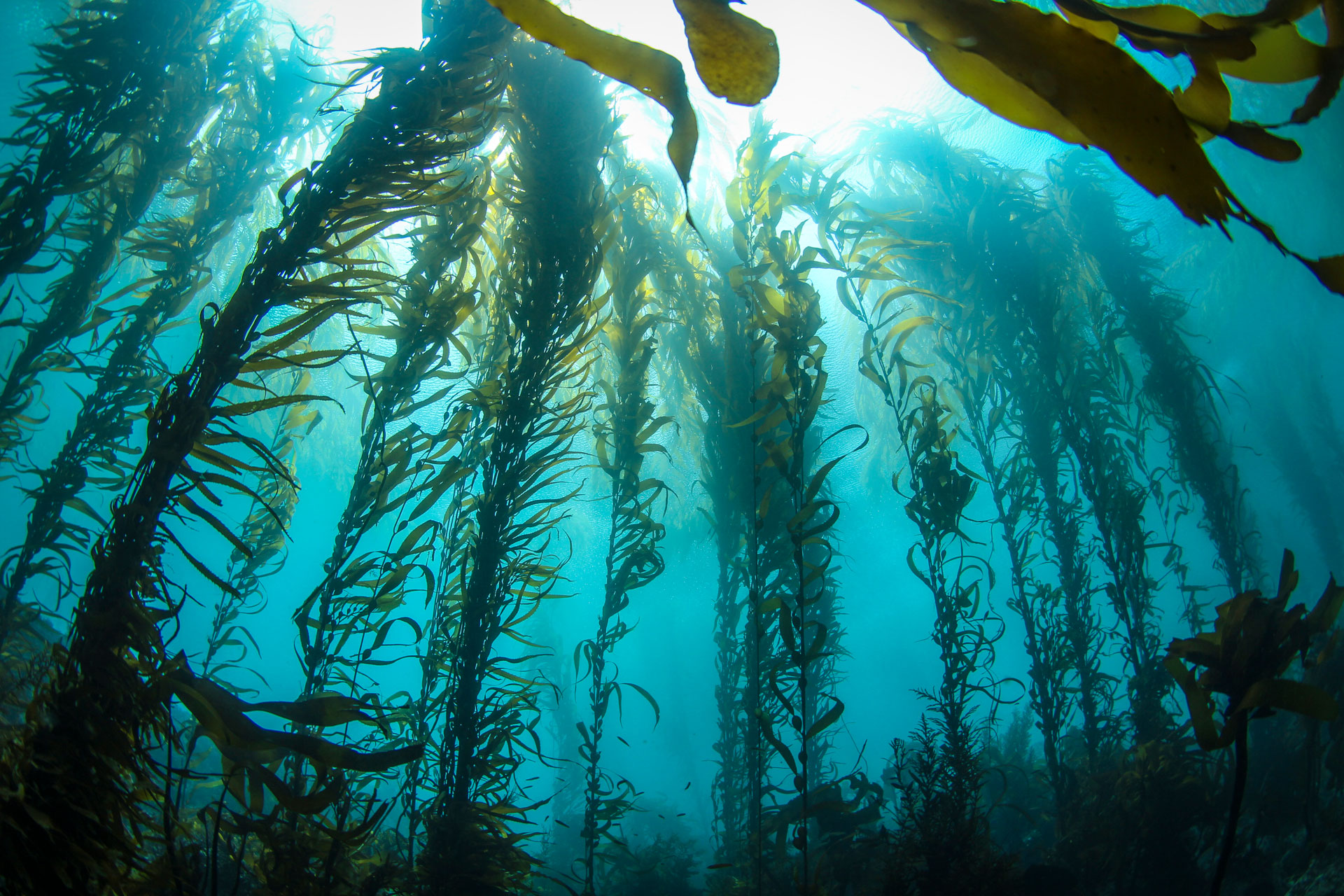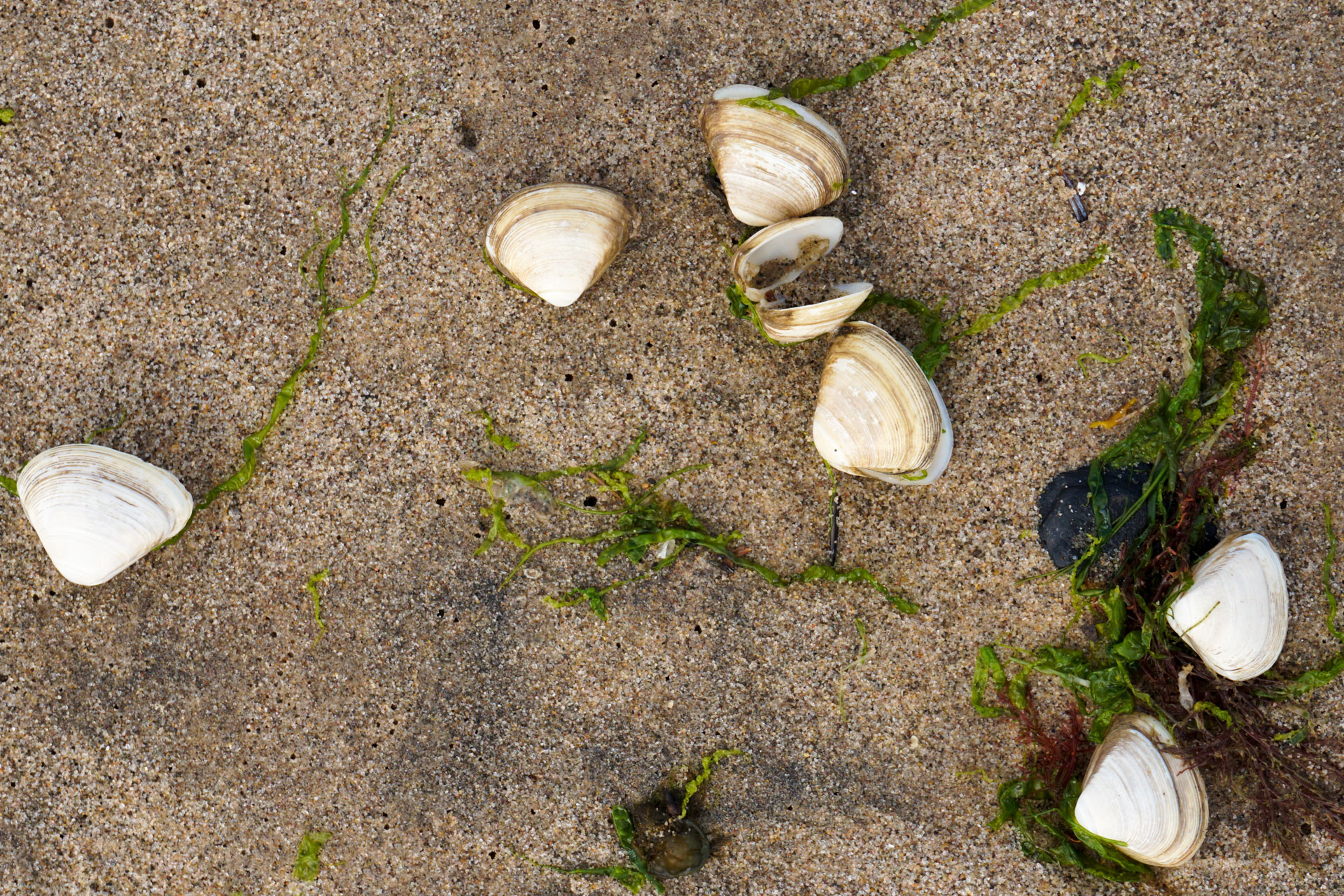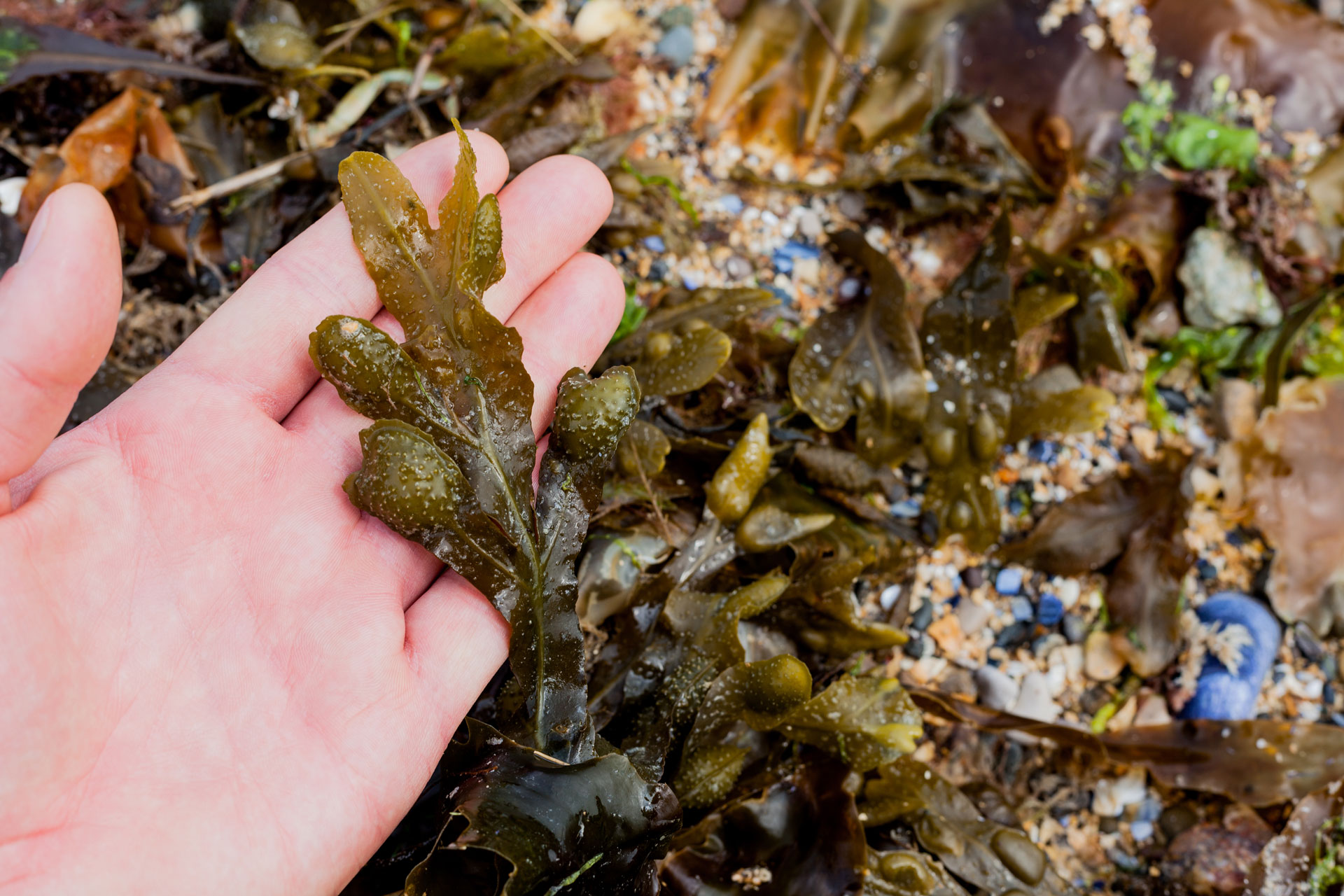What is the Big Seaweed Search Week?
By
3 years ago
Heading to the British coast this July? Take part in a national survey exploring the state of our seaweed

While we might squirm away from seaweed when we encounter it in the sea, it’s actually a really important species. The umbrella term includes numerous types of marine plants and algae that grow in the ocean and form the forests of the sea, providing shelter and food for thousands of marine animals. Yet the distribution of seaweeds around the UK is changing – and it’s crucial that we monitor this. That’s where the Big Seaweed Search comes in.
What is the Big Seaweed Search?
Launched in 2009, the Big Seaweed Search is run by the National History Museum alongside the Marine Conservation Society. It sees hundreds of people exploring the UK’s seashores and recording the seaweeds they find, which contributes to a wider data gathering project.

Getty Images
Why is it important?
The UK is home to over 650 species of seaweed. These are crucial for marine animals, playing a key role in both their habitats and in their food chains. Not only this, but seaweed has a key role in the fight against climate change, as it is a contributor to blue carbon (the long term store of carbon in our oceans), storing 175 million tonnes every year. It protects our coasts, too, by reducing wave and storm damage.
High in nutrients, seaweed is also used in medicines, food and cosmetics – and the ingredient is rising in popularity as a result of increased interest surrounding its health benefits. But as demand increases, seaweed species across the world are in decline.
It’s therefore key that we monitor these changes in a bid to help protect the planet. The Big Seaweed Search will give experts a better idea of how seaweeds are affected by rising sea temperatures, the arrival of non-native species of seaweed, and ocean acidification, which is when the sea becomes more acidic as a result of absorbing carbon dioxide from the air.

Getty Images
How can you take part?
- The Big Seaweed Search Week runs from 23 – 31 July 2022. You don’t need to be a seaweed expert to take part: anyone can get involved.
- Download the Big Seaweed Search guide and recording form, and head down to your nearest beach.
- Choose a five-metre-wide strip that runs from the top of the shore right down to the sea.
- Walk to the sea, then take a photo of your plot (with your back to the sea).
- Walking away from the sea, thoroughly explore the whole of your five-metre-wide plot. Aim to cover the whole of your plot within an hour. When you find one of the 14 target seaweeds (detailed here), tick it off on your form and take a clear photograph. There are notes here on how to record.
- Submit your results and photos online or post them with printed photos to Big Seaweed Search, Angela Marmont Centre for UK Biodiversity, The Natural History Museum, Cromwell Road London, SW7 5BD.
Main image: Getty Images
READ MORE:
What are Microplastics? / Easy Sustainable Swaps



